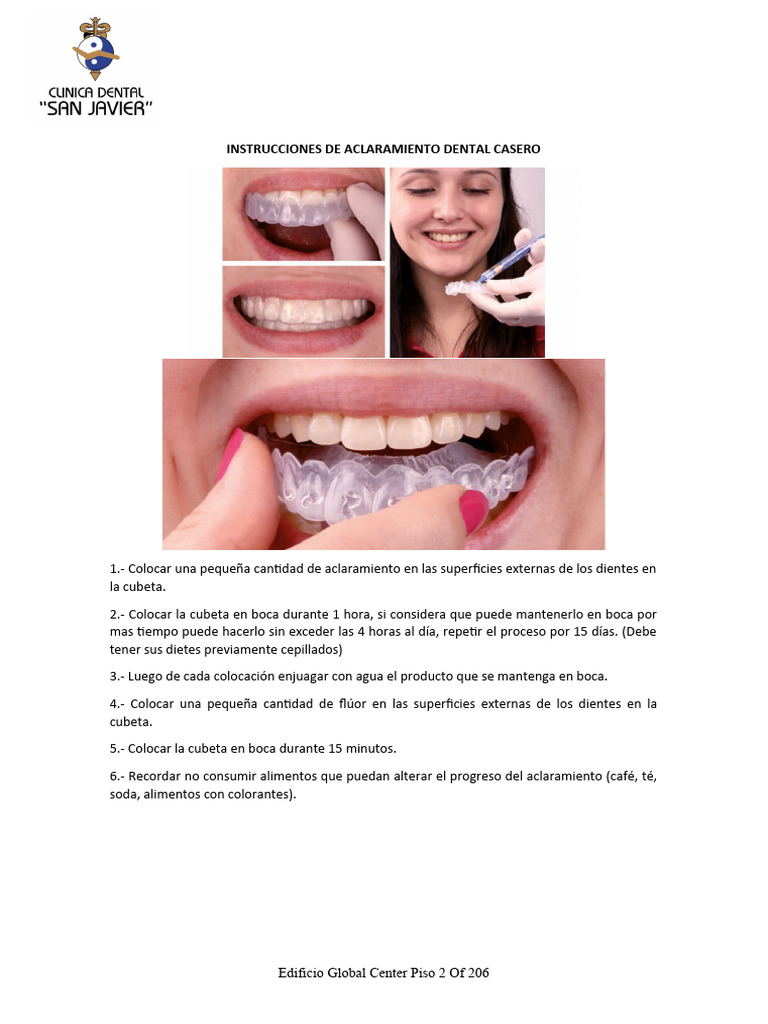Can Whitening Teeth Damage Gums
The quest for a brighter smile has led many to explore teeth whitening options, but concerns about the potential impact on gum health are valid. The relationship between teeth whitening and gum damage is complex, and understanding the risks and precautions can help individuals make informed decisions about their oral care.
To begin with, it’s essential to distinguish between professional teeth whitening treatments and over-the-counter (OTC) products. Professional teeth whitening, typically performed by a dentist, involves the application of a high-concentration bleaching agent to the teeth, often in combination with a special light or laser to accelerate the process. On the other hand, OTC products, such as whitening strips, trays, or toothpastes, contain lower concentrations of bleaching agents and are designed for at-home use.
One of the primary concerns with teeth whitening is the potential for gum irritation or damage. The bleaching agents used in teeth whitening products, particularly hydrogen peroxide or carbamide peroxide, can penetrate the gums and cause inflammation, redness, or even bleeding. This is especially true if the gums are already sensitive or if the whitening product is used excessively.
Research suggests that the incidence of gum damage from teeth whitening is relatively low, but it’s not uncommon. A study published in the Journal of Clinical Dentistry found that approximately 10% of participants experienced gum irritation or sensitivity after using an OTC whitening product. Another study published in the Journal of Esthetic and Restorative Dentistry reported that nearly 20% of patients experienced gum sensitivity or discomfort after professional teeth whitening.
Several factors contribute to the risk of gum damage from teeth whitening:
- Concentration of bleaching agent: Higher concentrations of hydrogen peroxide or carbamide peroxide increase the risk of gum irritation.
- Duration of treatment: Longer treatment times or repeated use of whitening products can exacerbate gum damage.
- Gum health: Pre-existing gum conditions, such as gingivitis or periodontitis, can increase the risk of gum damage from teeth whitening.
- Poor application technique: Improper application of whitening products, such as overlapping or applying too much product, can lead to gum irritation.
- Individual sensitivity: Some individuals may be more prone to gum sensitivity or irritation due to genetic or environmental factors.
To minimize the risk of gum damage from teeth whitening, consider the following precautions:
- Consult a dentist: Before undergoing any teeth whitening treatment, consult with a dentist to discuss your oral health and determine the best approach for your individual needs.
- Follow instructions carefully: Adhere to the recommended application times, concentrations, and techniques for your chosen whitening product.
- Use a desensitizing toothpaste: Brushing with a desensitizing toothpaste before and after whitening treatment can help reduce gum sensitivity.
- Avoid over-whitening: Be mindful of your teeth and gum sensitivity, and avoid over-whitening or using products too frequently.
- Consider gum-friendly alternatives: Look for whitening products specifically designed to be gentler on gums, such as those containing potassium nitrate or strontium chloride.
To reduce the risk of gum damage, it's crucial to choose a whitening product that is gentle on gums and follows proper application techniques. Consider consulting with a dentist to determine the best whitening option for your individual needs and to discuss any concerns about gum health.
In addition to these precautions, it’s essential to understand the different types of teeth whitening products available and their potential impact on gum health. The following table provides a comparison of common teeth whitening products:
| Product Type | Concentration of Bleaching Agent | Potential for Gum Damage |
|---|---|---|
| Professional Teeth Whitening | High (up to 35% hydrogen peroxide) | Higher risk due to high concentration and potential for improper application |
| OTC Whitening Strips | Moderate (up to 14% hydrogen peroxide) | Moderate risk due to potential for overuse or improper application |
| OTC Whitening Toothpaste | Low (up to 2% hydrogen peroxide) | Lower risk due to low concentration and gentle formulation |
By understanding the potential risks and taking necessary precautions, individuals can enjoy the benefits of teeth whitening while minimizing the risk of gum damage. Remember, a healthy smile is not just about aesthetics; it’s also about maintaining good oral health and taking care of your gums.
What are the most common causes of gum damage from teeth whitening?
+The most common causes of gum damage from teeth whitening include high concentrations of bleaching agents, prolonged treatment times, pre-existing gum conditions, and poor application technique.
Can I use teeth whitening products if I have sensitive gums?
+Yes, but it's essential to consult with a dentist before using any teeth whitening product, especially if you have sensitive gums. They can recommend gentle products or alternative whitening methods that minimize the risk of gum irritation.
How can I reduce gum sensitivity after teeth whitening?
+Brushing with a desensitizing toothpaste, avoiding hot or cold foods and drinks, and using a soft-bristled toothbrush can help reduce gum sensitivity after teeth whitening. Consult with your dentist for personalized advice.
In conclusion, while teeth whitening can be an effective way to achieve a brighter smile, it’s crucial to be aware of the potential risks to gum health. By understanding the causes of gum damage, taking necessary precautions, and choosing gentle products or alternative whitening methods, individuals can enjoy the benefits of teeth whitening while maintaining healthy gums. Remember, a healthy smile is a balanced smile – one that combines aesthetic appeal with good oral health and gum well-being.
